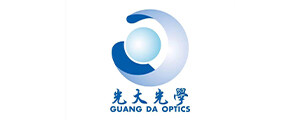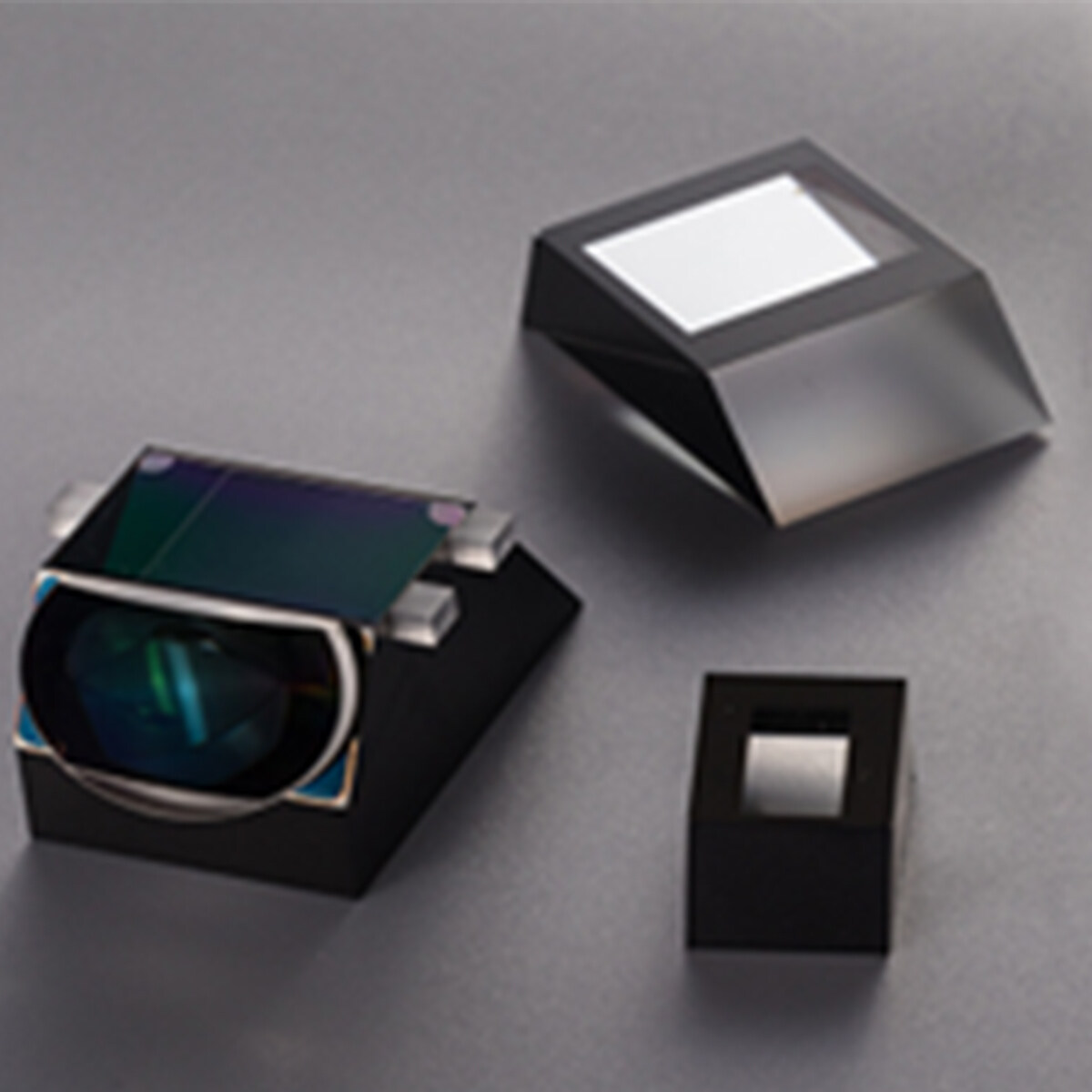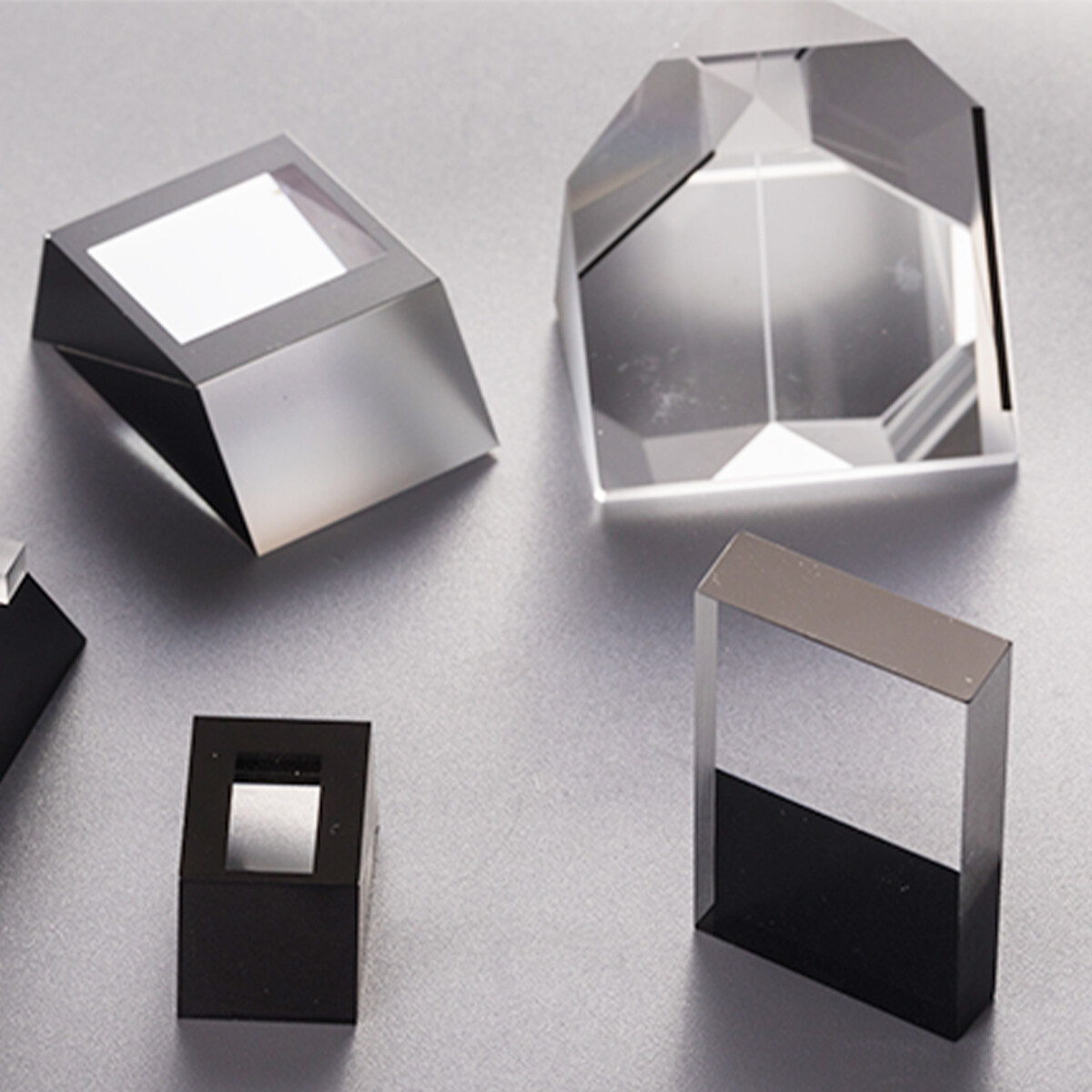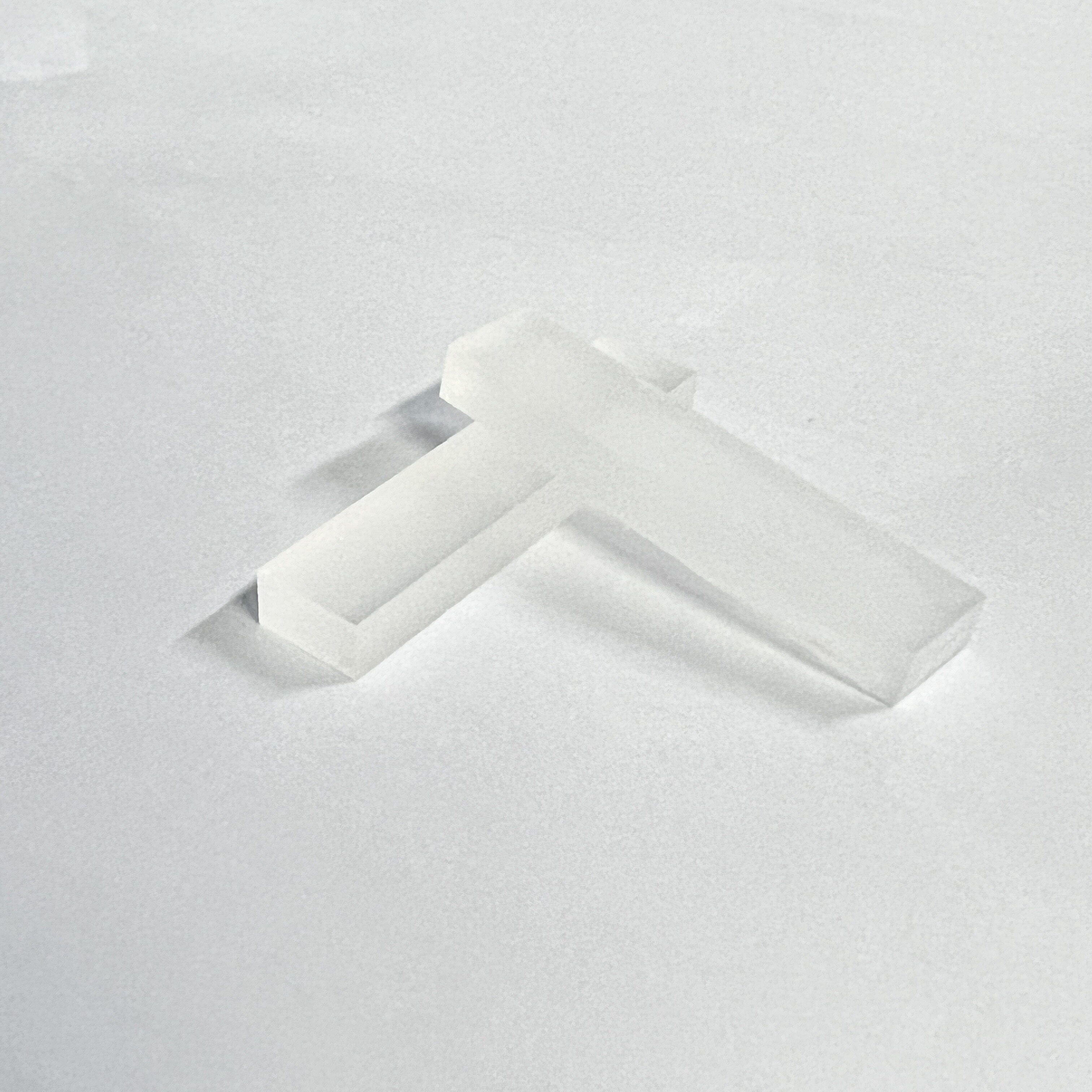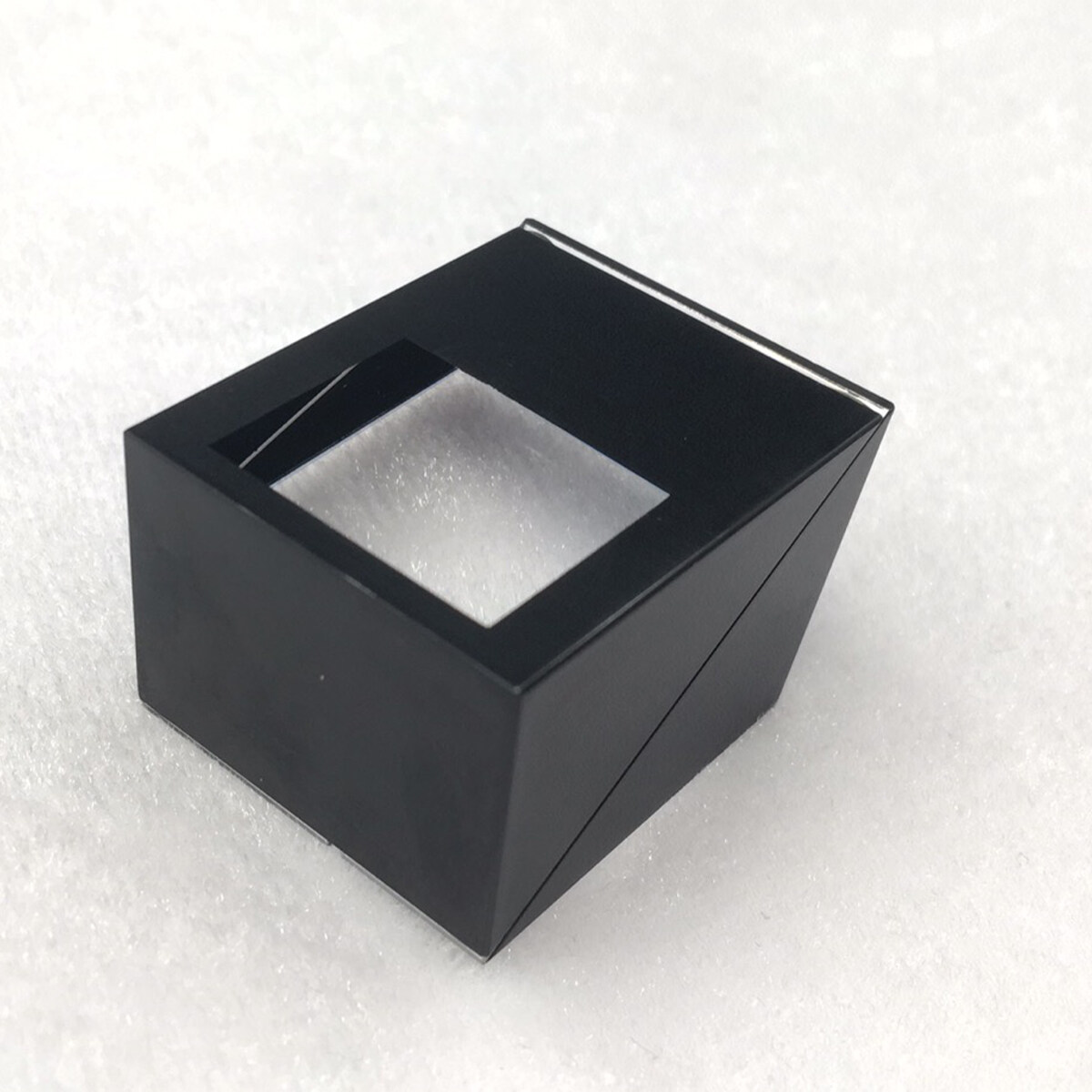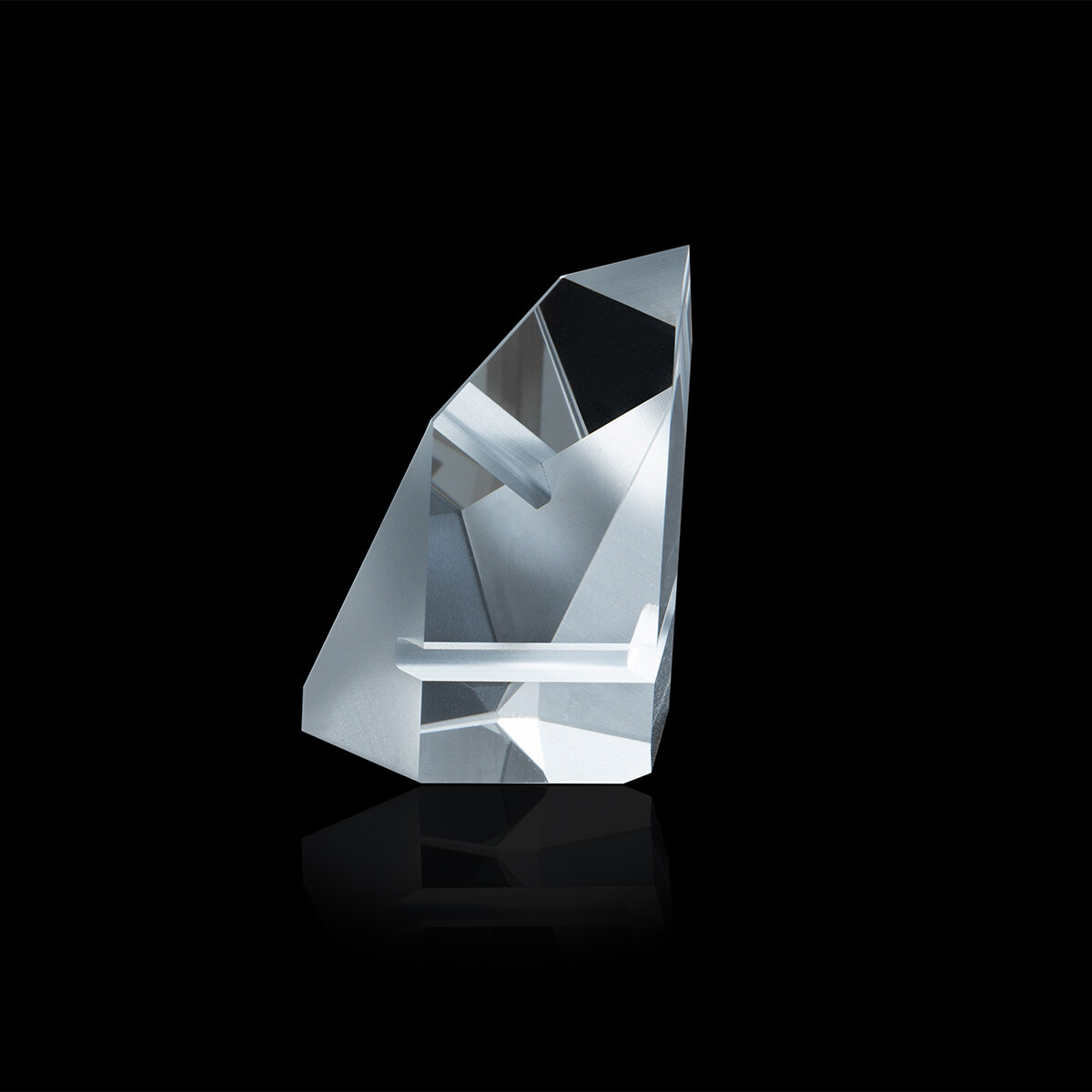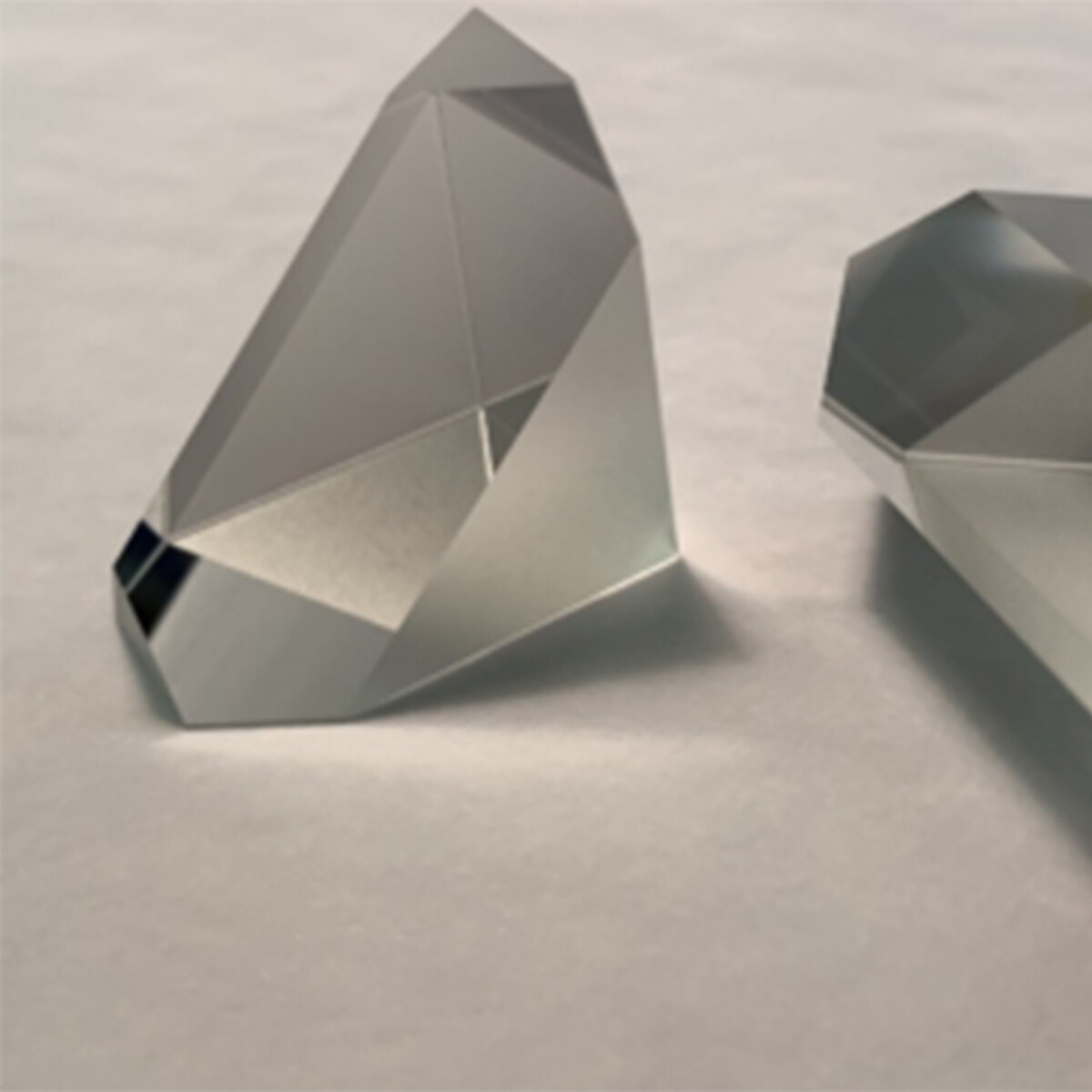Email format error
Email cannot be empty
Email already exists
6-20 characters(letters plus numbers only)
The password is inconsistent
Email format error
Email cannot be empty
Email does not exist
6-20 characters(letters plus numbers only)
The password is inconsistent

TIR Prism
We are Prism Medical Supplies Enterprises LLC providing OEM services to our customers. We provide high-quality products and professional design, production, and sales services to customers all over the world.
When the angle of incidence becomes larger than the critical angle, no refraction occurs. The entire light is reflected back into the denser medium. This is known as a total internal reflection of light. Prisms, binoculars, optical fibers are few applications and uses of Total internal reflection.
What is total internal reflection?
When a ray of light traveling in the denser medium enters into a rarer medium, it bends away from the normal. If the angle of incidence ‘i’ increases’ the angle of refraction ‘r’ also increases. For a particular value of the angle of incidence, the angle of refraction becomes 90°. The angle of incidence, that cause the refracted ray in the rarer medium to bend through 90° is called critical angle.
What are the conditions necessary for tirf ?
Total internal reflection takes place only when:
The light should pass from a denser medium to a rare medium.
The angle of incidence must be greater than the critical angle.
Applications of Total Internal Reflection
Total internal reflection is also used in optical fibres. An optical fibre consists of an inner core of high refractive index glass and surrounded by an outer cladding of lower refractive index.
When light is introduced into the inner core at one end, it will propagate along the fibre in a zigzag path undergoing a series of total internal reflections.
Optical fibres are useful for getting light to inaccessible places. They are used in many important practical applications. This includes fibre optic diagnostic tools in medicine and fibre optic cables in telecommunications.
An endoscope is an instrument made of a fibre optic cable. It is used by doctors to see the inside of the human body such as the stomach and the duodenum.
In telecommunications, copper cables are now replaced by fibre optic cables in the telephone system.
Multiple signals can be sent at high speeds through bundles of fibres by using flashes of light from a laser.
Total internal reflection in the prism
Many optical instruments use right-angled prisms to reflect a beam of light through 90° or 180° (By total internal reflection) such as cameras, binoculars, periscope, and telescope.
One of the angles of the right-angled prism is 90°. When a ray of light strikes a face of prism perpendicular, it enters the prim without deviation and strikes the hypotenuse at an angle of 45°.
Since the angle of incidence 45° is greater than the critical angle of the glass which is 42°, the light is totally reflected by the prism through an angle of 90°.
Two such prisms are used in periscope. The light is totally reflected by the prism by an angle of 180°. Two such prisms are used in binoculars.
Light Pipe
The light pipe is the bundle of thousands of optical fibers bonded together. They are used to illuminate the inaccessible places by doctors or engineers. For example, doctors view inside the human body. They can also be used to transmit images from one point to another.
Endoscope
An endoscope is a medical instrument used for exploratory diagnostics and surgical purposes. An endoscope is used to explore the interior organs of the body. Due to its small size, it can be inserted through the mouth and thus eliminates invasive surgery.
The endoscope used to examine the stomach, bladder and throat are called Gastroscope, Cystoscope and Bronchoscope respectively. An endoscope uses two fiber-optic tubes through a pipe.
A medical procedure using any type of endoscope is called endoscopy. The light shines on the organ of the patient to be examined by entering through one of the fiber tubes of the endoscope. Then the light is transmitted back to the physician’s viewing lens through the outer fiber tube by the internal reflection.
Flexible endoscopes have a tiny camera attached to the end. The doctor can see the view recorded by the camera on a computer screen.

